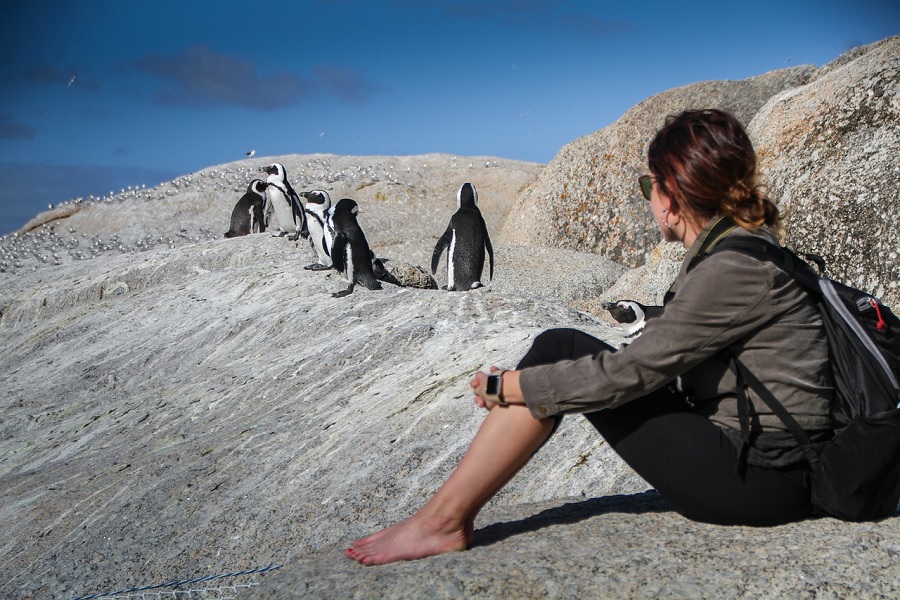
Follow us Now on Telegram ! Get daily 10 - 12 Interesting Updates. Join our Telegram Channel https://t.me/OhWomen
Download Telegram App before Joining the Channel
When we think of epic travelers, our minds often leap to humans trekking across continents or birds flying thousands of miles. But tucked away in the icy corners of the Southern Hemisphere are nature’s most adorably determined adventurers: penguins. These flightless birds have turned waddling into a global fascination and migration into a marvel — making penguin traveling a heartwarming story of endurance, survival, and instinct.
Where Do Penguins Travel?
Despite their cute and clumsy walk, penguins are expert navigators of the natural world. Different species of penguins embark on seasonal journeys for breeding, feeding, or escaping harsh weather conditions. For example:
Emperor Penguins march over 100 km inland in Antarctica to reach their icy breeding grounds.
Magellanic Penguins travel between Argentina and Brazil, covering thousands of kilometers each year along South America’s coastline.
Adélie Penguins migrate from ice-covered breeding zones to open waters to feed during winter.
Their journeys can span hundreds to thousands of kilometers, and they often return to the exact same spot year after year — a miracle of instinct and magnetic field navigation.
How Do Penguins Travel?
While they can't fly, penguins are excellent swimmers. Using their flipper-like wings and streamlined bodies, they “fly” through water at speeds up to 15 km/h, diving deep to hunt for krill and fish. Their underwater agility makes the ocean their highway, helping them avoid predators and reach nutrient-rich feeding grounds.
On land, penguins waddle, hop, or slide on their bellies — a technique called tobogganing — to conserve energy over ice and snow.
What Can We Learn from Penguin Travel?
Penguin traveling isn’t just a spectacle — it’s a climate signal. As sea ice patterns shift and oceans warm, penguins are changing their routes, nesting later, or facing food shortages. Scientists now track penguin migrations using GPS and satellite data to understand the impact of climate change on polar ecosystems.
Penguin Travel for Kids & Explorers
Wildlife travel companies now offer penguin-watching expeditions to places like:
Antarctica (Emperor & Gentoo Penguins)
Galápagos Islands (Galápagos Penguins – the only species north of the equator!)
South Africa (Boulders Beach African Penguins)
New Zealand & Australia (Little Blue Penguins)
These trips support conservation and offer visitors a chance to witness penguins in their natural habitat, ethically and respectfully.
Final Thoughts
Penguin traveling teaches us resilience, loyalty, and the quiet majesty of nature’s rhythms. Whether you're a wildlife lover, a curious child, or a hopeful explorer, following the paths of these tuxedoed travelers is a reminder that even the smallest creatures take the biggest journeys.
Source : Oh Women